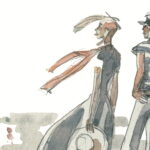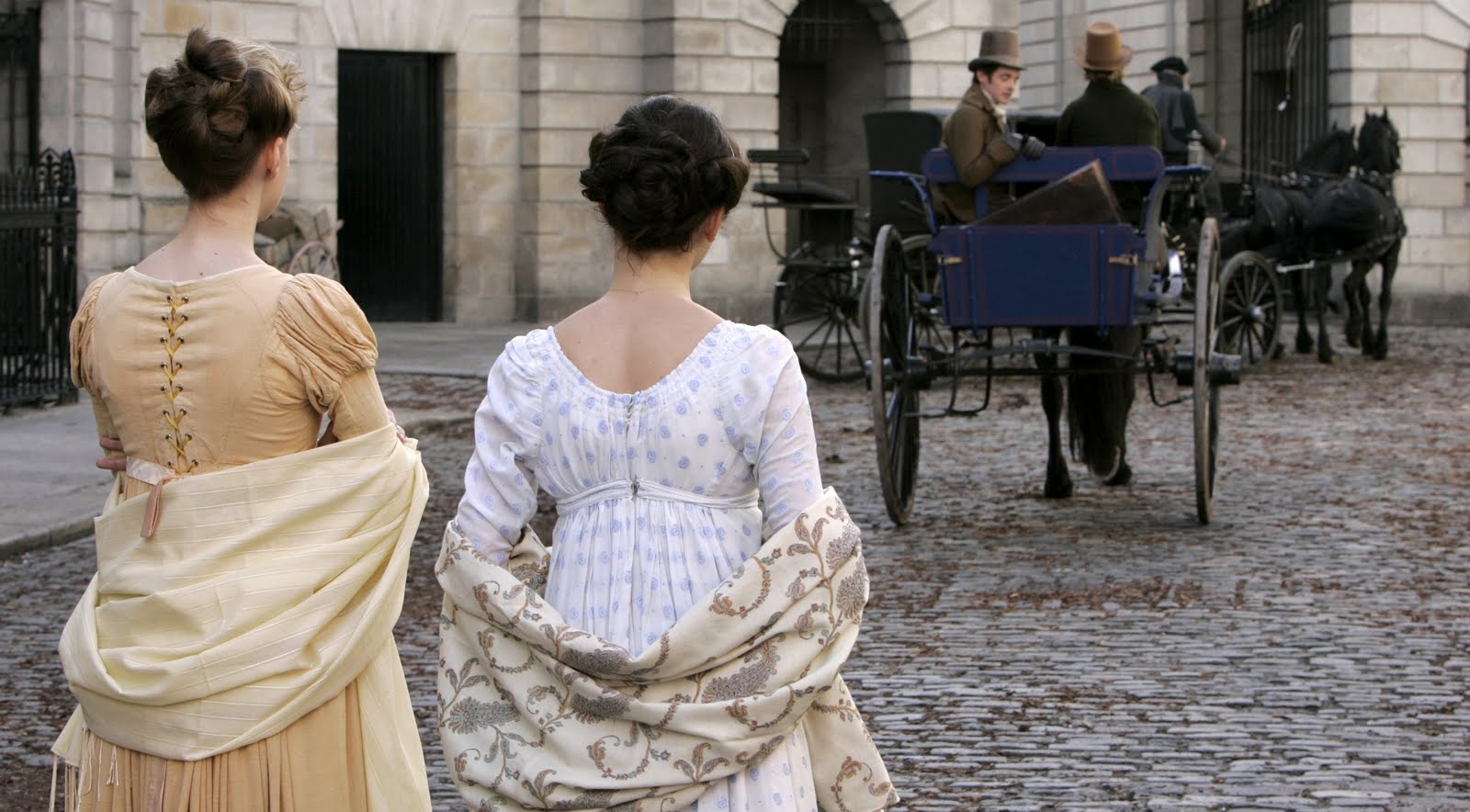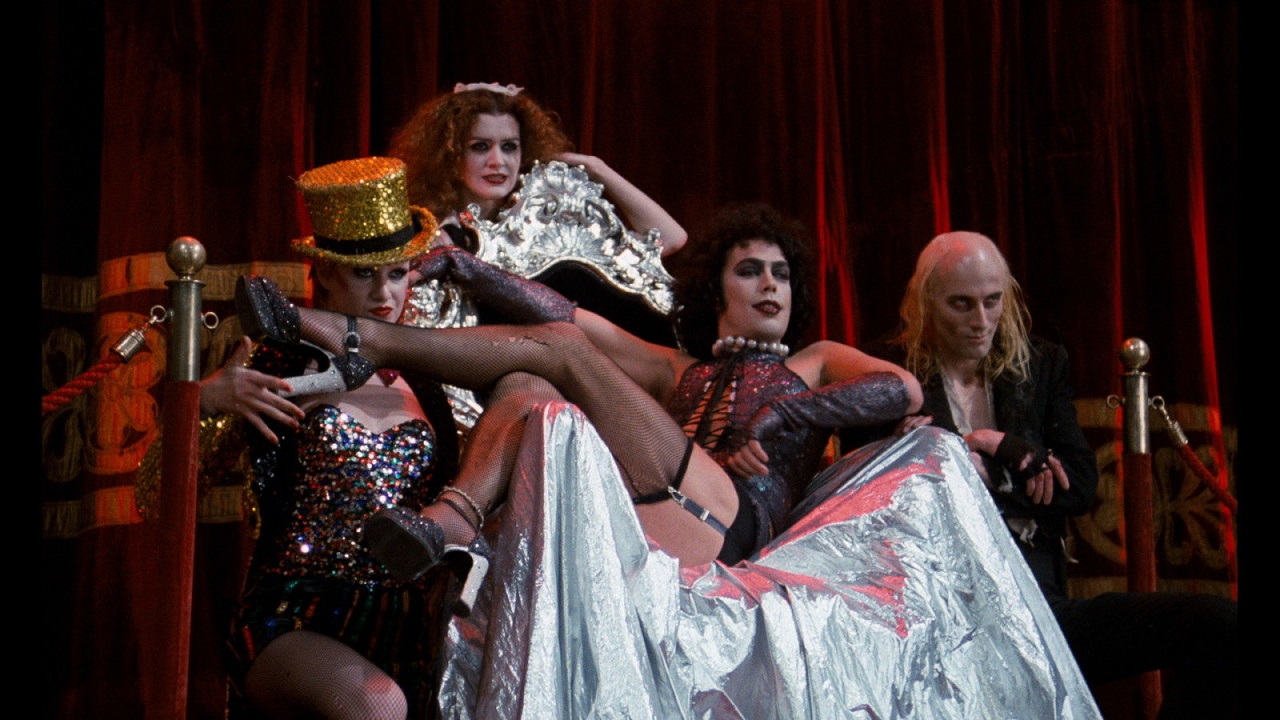“Northanger Abbey” is one the keys to understand the evolution of Jane Austen’s
personal style from the Juvenilia to the mature works. This novel is the bridge between the two periods of the author and it is particularly interesting because it was not entirely revised by Austen. The novel shows the attempt of the author to find her personal voice in a wide literary scene. Indeed the cultural developments of the 18th century influenced Austen so much that in her works she tried to represent the times she lived in. In “Northanger Abbey” she analyzes the two main novel trends of her period pointing out their limits and their strengths. The investigation of the novel of sensibility and the gothic one is achieved through parody. It is important to underline that the sarcastic tone of the text connects the Juvenilia with her mature works but we also find other connections between the two periods because of the content. This essay will investigate how Austen shapes her realism while parodying other genres and creating a dialogue with the audience.
Bibliography:
- Austen, J. , Erenphreis, A. H. (a cura di), Northanger abbey, Penguin books, 1985.
- Austen, J., Skey, M.(a cura di), traduzione di S. Censi, Amore e amicizia ; Catharine, ovvero La pergola e altri scritti giovanili, Roma, Theoria, 1994.
- Austen, J. ,Pride and prejudice, Ronald Carter( a cura di)London: Penguin books, 1999, p.1.
- Babb, Howard S.: Jane Austen’s Novels: The Fabric of Dialogue (Columbus, OH: Ohio State University Press, 1962).
- Bertinetti, P. (a cura di) , Storia della letteratura inglese, Vol I, Dalle origini al settecento, Torino , Enaudi, 2000, pp. 355-383.
- Billi, M. , Il testo riflesso : la parodia nel romanzo inglese, Napoli, Liguori, 1993, pp. 9-174.
- -Burney, F. , Edward A. Bloom and Lillian D. Bloom (a cura di) , Camilla or a picture of youth (Oxford ; New York : Oxford University Press, 1983).
- Copeland, E. and Mc Master, J. (a cura di) ,The Cambridge companion to Jane Austen Cambridge : Cambridge University Press, 1997.
- Dentith, S. , Parody, Routledge, London, 2002.
- Ehrenpreis, A. H., Northanger Abbey: Jane Austen and Charlotte Smith. Nineteenth-Century Fiction 25.3 (1970): 343-48. Web. Ultimo accesso : 11/12/2016.
- Ferrer, R. , Jane Austen, ob. July 18, 1817, The Quarterly Review, 228(July 1917),4. Web. Ultimo accesso: 11/12/2016.
- Fielding, H., The history of the adventures of Joseph Andrews and of his friend Mr. Abraham Adams ; and An apology for the life of Mrs. Shamela Andrews, D.Brooks (a cura di)London, Oxford University Press, 1970, p 153.
- Glock, Waldo S. “Catherine Morland’s Gothic Delusions: A Defense of “Northanger Abbey”” Rocky Mountain Review of Language and Literature 32, no. 1 (1978): 33-46. Web. Ultimo accesso: 11/12/2016.
- Griffin, C. , The Development of Realism in Jane Austen’s Early Novels. ELH, 30(1), (1963) 36-52. Web. Ultimo accesso: 11/12/2016.
- Halperin,J. , Kunert, J. , Plots and characters in the fiction of Jane Austen, the Brontes, and George Eliot ,Hamden ,Connecticut, Archon books, Folkestone : Dawson , 1976.
- Hutcheon, L., A Theory of Parody: The Teachings of Twentieth-Century Art Forms, University of Chicago Press, Chicago, 2005.
- Kestner, J. A. ,”THE “I” PERSONA IN THE NOVELS OF JANE AUSTEN.” Studies in the Novel 4.1 (1972): 6-16. Web.
- Lambdin, L. C., Lambdin R. T., A companion to Jane Austen Studies, Westport, Connecticut, London, Greenwood Press, 2000, pp. 115-130, 131-144.
- Mathison, J. K. “Northanger Abbey and Jane Austen’s Conception of the Value of Fiction.” ELH 24.2 (1957): 138-52. Web.
- Mudrick, M., Jane Austen; irony as defense and discovery , Berkley and Los Angeles, University of California Press, 1968, pp. 37-59.
- Tanner, T. , Jane Austen, Cambridge, Massachussets, Harward University Press, 1986, pp. 103-141.
- Tauchet, A., Romancing Jane Austen : Narrative, Realism and the Possibility of a Happy Ending, Basingstone : Palgrave, 2005, pp. 1-48.
- Todd, J., Sensibility: an introduction, London, New York: Methuen, 1986, pp. 1-10, 65-146.
- Watt, I., Le origini del romanzo Borghese, a cura e traduzione di Luigi Del Grosso Destreri, Milano, Tascabili.
Simona Ciavolella
relatore
Riccardo Capoferro









